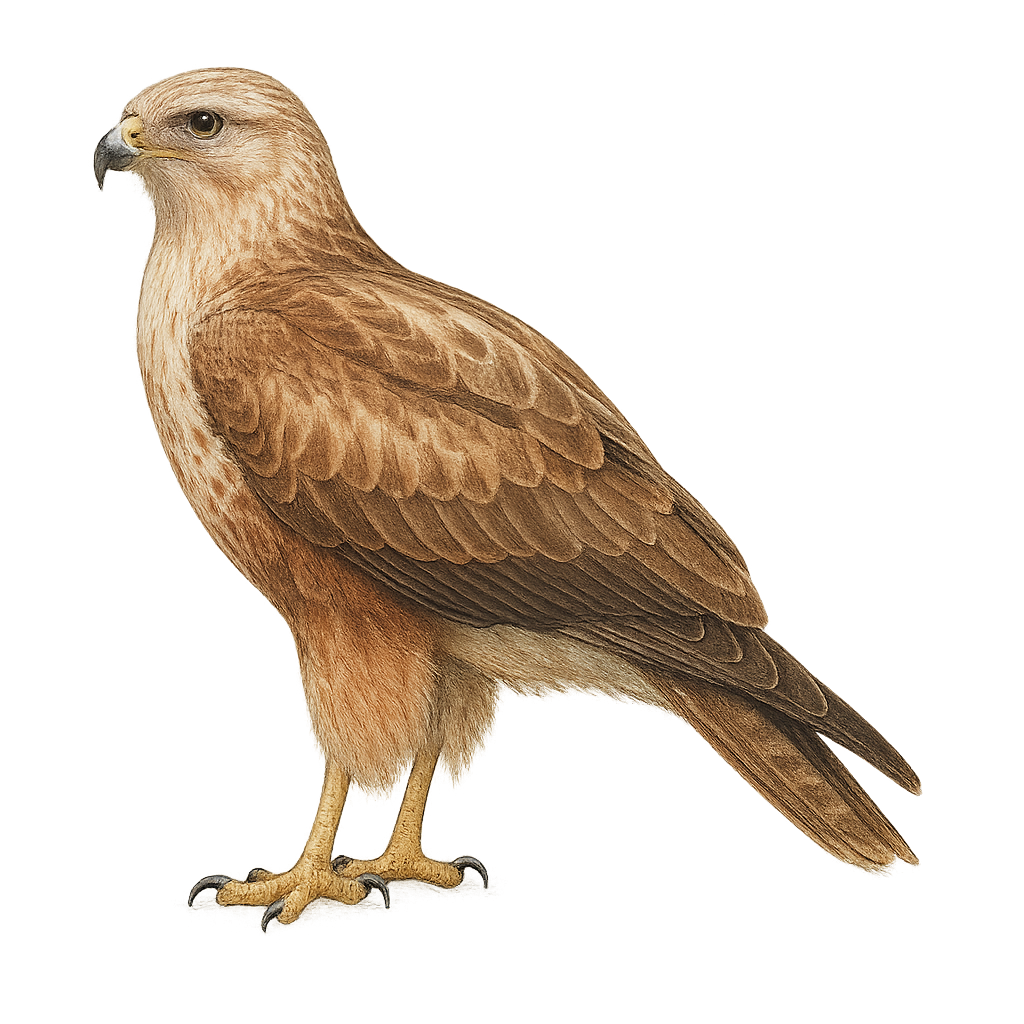Your wildlife photography guide.
Explore the long-legged buzzard in detail, study its behavior, prepare your shots.
Where to observe and photograph the long-legged buzzard in the wild
Learn where and when to spot the long-legged buzzard in the wild, how to identify the species based on distinctive features, and what natural environments it inhabits. The WildlifePhotographer app offers tailored photography tips that reflect the long-legged buzzard’s behavior, helping you capture better wildlife images. Explore the full species profile for key information including description, habitat, active periods, and approach techniques.
Long-legged Buzzard
Scientific name: Buteo rufinus

IUCN Status: Least Concern
Family: ACCIPITRIDAE
Group: Birds
Sensitivity to human approach: Suspicious
Minimum approach distance: 30 m
Courtship display: March to May
Incubation: 30-35 jours
Hatchings: April to July
Habitat:
Steppes, grasslands, semi-deserts
Activity period :
Primarily active during the day, with peak activity in the morning and late afternoon.
Identification and description:
The Long-legged Buzzard, or Buteo rufinus, is a medium to large-sized raptor known for its long wings and relatively short tail. It has a variable plumage ranging from light brown to rufous, with darker markings on the wings and tail. This bird of prey is often seen soaring in circles, using thermal currents to rise. It primarily inhabits open areas such as steppes, semi-deserts, and grasslands, but can also be found in mountainous regions. The Long-legged Buzzard feeds mainly on small mammals, birds, and occasionally reptiles. It is known for its powerful flight and ability to cover long distances during migration.
Recommended lens:
400 mm – adjust based on distance, desired framing (portrait or habitat), and approach conditions.
Photography tips:
To photograph the Long-legged Buzzard, it's advisable to use a telephoto lens of at least 400mm to capture detailed images from a distance. Look for open areas where it is likely to soar in search of prey. Be patient and discreet to avoid scaring it away. Morning or afternoon hours, when the light is soft, are ideal for quality shots. Consider weather conditions, as a clear sky can provide better contrast for in-flight photos.
The WildlifePhotographer App is coming soon!
Be the first to explore the best nature spots, track rutting seasons, log your observations, and observe more wildlife.
Already 1 450 wildlife lovers subscribed worldwide

